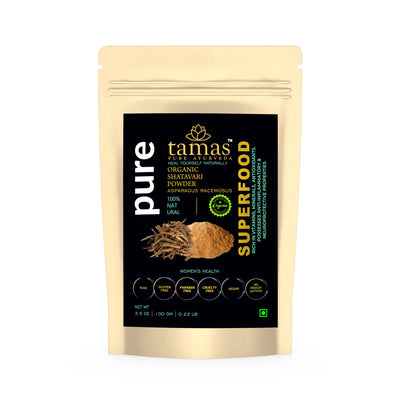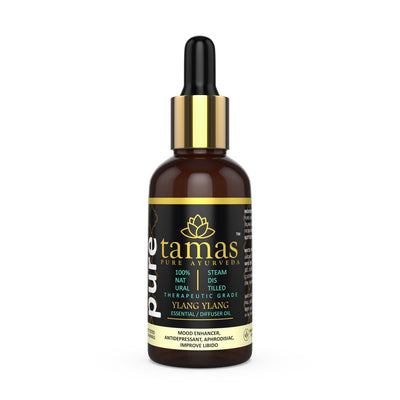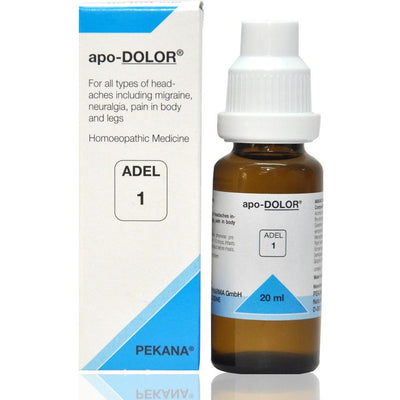
Prasaranyadi Kwath
The Prasaranyadi Kwath is a decoction of Ayurvedic herbs and ingredients that can be used as a supplemental Ayurvedic medicine for neck and shoulder pain and degenerative arthritis. It is known to have a beneficial effect on musculoskeletal problems, motor neuron issues, degenerative arthritis, frozen shoulder, cervical spondylosis and demyelination diseases. The skeletal system is the framework that supports the body. The skeleton and muscles work together as the musculoskeletal system to enable movement. Problems with the joints can make it very difficult for a person to go about their daily activities. Problems with the shoulder area make it difficult to lift and use the affected arm properly and can limit the range of motion. Sometimes pain can also be caused by muscle strains and sprains as well as neurological problems such as demyelination or motor neuron diseases.
Ingredients
Prasaarani (Paderia Foetida)
Shoulder Joint ProblemsThe shoulder has a ball and socket joint that is surrounded by a shoulder capsule tissue that holds the joint components together. Overuse, misuse, disuse, sprains or strain of the shoulder joint can cause pain. When the shoulder capsule becomes tight or thick it limits the motion of the shoulder. When this gets worse it can also cause the formation of scar tissue and a reduced amount of the synovial fluid that lubricates the joint. Frozen shoulder gradually develops over a period of months and then gets much worse and finally goes away. The first stage is called the freezing stage, the second is the frozen stage and the third is the thawing stage. All the stages can last months and the entire process can even span around two years. It does not have specific reasons for stiff shoulder problems but some groups are at a higher risk of developing frozen shoulder; patients in recovery from stroke or mastectomy surgery, being between the ages of 40 - 60, having thyroid problems, diabetes, or heart problems.
- This herb is characterised by a foul smell.
- Its leaves and roots are used in many Ayurvedic medicines.
- It is used in traditional medicine for its anti-inflammatory, anti-bacterial, anti-oxidant, anti-hyperglycemic and anthelmintic properties.
- It is known to be useful in the treatment of degenerative arthritis shoulder and neck problems.
- This is the pulse that is also known as black gram or urad dal.
- It has the property of strengthening the muscle and helps in musculoskeletal disorders.
- It has the property of increasing the Pitta and Kapha Doshas while balancing the Vata Dosha.
- It is known to be helpful for patients undergoing stiff shoulder treatment.
- This herb is used in Ayurvedic medicine for its properties of being a good analgesic, anti-oxidant, antirheumatic, diuretic, antipyretic, antiviral, immuno enhancer, hypoglycaemic and hepatoprotective.
- It is especially useful in the traditional treatments for neuromuscular and neurodegenerative disorders.
- Bala is used to treat Vata Dosha related problems.
- Garlic has been used for its medicinal qualities across many cultures.
- It has been found to have the properties of being an anticoagulant, anti-bacterial, anti-tumour, anti-oxidant, aphrodisiac, carminative, digestive, diaphoretic, a stomach tonic, expectorant, diuretic and good for the energy-producing tissue of the body.
- This herb is used in traditional Ayurveda as an immunomodulator, anti-diabetic, anti-oxidant, anti-microbial, diuretic, and anti-ulcerative.
- It is used in traditional medicine to treat joint pain, digestive problems, respiratory problems and as a blood purifier. It is used in the Prasaranyadi Kwath to relieve a stiff neck and shoulders.
- It stimulates the digestive fire and pacifies the vitiated Vata Dosha.
- It should not be used without medical supervision.
- Ginger is called universal medicine as per the ancient texts of Ayurveda.
- It supports the digestive fire and aids in proper digestion. It is also an immunity booster.
- Since it helps to eliminate and prevent Ama formation, it is very good for Ama related joint problems.
- It is hot in nature and calms the Vata Dosha and balances Kapha Dosha.
- There are two types of joint pains as defined by Ayurveda. One is caused by Vata Dosha imbalance and the other by the accumulation of the metabolic waste Ama in the body.
- The Vata Dosha governs the nerves as well as movement in the body. It is also a Dosha that has a drying nature. When this Dosha is imbalanced, it affects the lubrication of the joints as well as the bones.
- Any musculoskeletal problem caused by the Vata Dosha imbalance is treated with medication as well as dietary changes.
- Exercise, oil massage and other Ayurvedic treatments are also prescribed in conjunction with medication to help restore the movement and reduce pain in the affected joints.
- Ayurveda places great importance on the process of digestion. Ideally, the digestive fire should be capable of functioning without creating metabolic waste, i.e., Ama. However, when the digestion is improper, Ama is formed and over time it becomes Amavisha which is highly toxic.
- The Kapha that cushions the joints is called the Shleshaka. When the toxic buildup of Ama over time mixes with the lubrication of the joints it causes issues. Ama affecting the joints compounded by aggravated Kapha Dosha gives rise to joint and mobility issues.
- To maintain optimum digestion, the digestive fire or Agni in the body should be at an optimum level. Food must be fresh and wholesome as opposed to highly processed or preserved food.
- It is easier to treat and eliminate Ama caused joint problems at the early stages.
- Frozen shoulders can also be caused due to exposure to wind or cold as well as sleeping in an incorrect posture.
- The Ayurveda name for frozen shoulder is Apabahuka. It is an imbalance of the Vata and Kapha Doshas.
Shoulder Joint ProblemsThe shoulder has a ball and socket joint that is surrounded by a shoulder capsule tissue that holds the joint components together. Overuse, misuse, disuse, sprains or strain of the shoulder joint can cause pain. When the shoulder capsule becomes tight or thick it limits the motion of the shoulder. When this gets worse it can also cause the formation of scar tissue and a reduced amount of the synovial fluid that lubricates the joint. Frozen shoulder gradually develops over a period of months and then gets much worse and finally goes away. The first stage is called the freezing stage, the second is the frozen stage and the third is the thawing stage. All the stages can last months and the entire process can even span around two years. It does not have specific reasons for stiff shoulder problems but some groups are at a higher risk of developing frozen shoulder; patients in recovery from stroke or mastectomy surgery, being between the ages of 40 - 60, having thyroid problems, diabetes, or heart problems.
You may also like
More from Kerala Ayurveda
More from Aasaan
Recently viewed

















